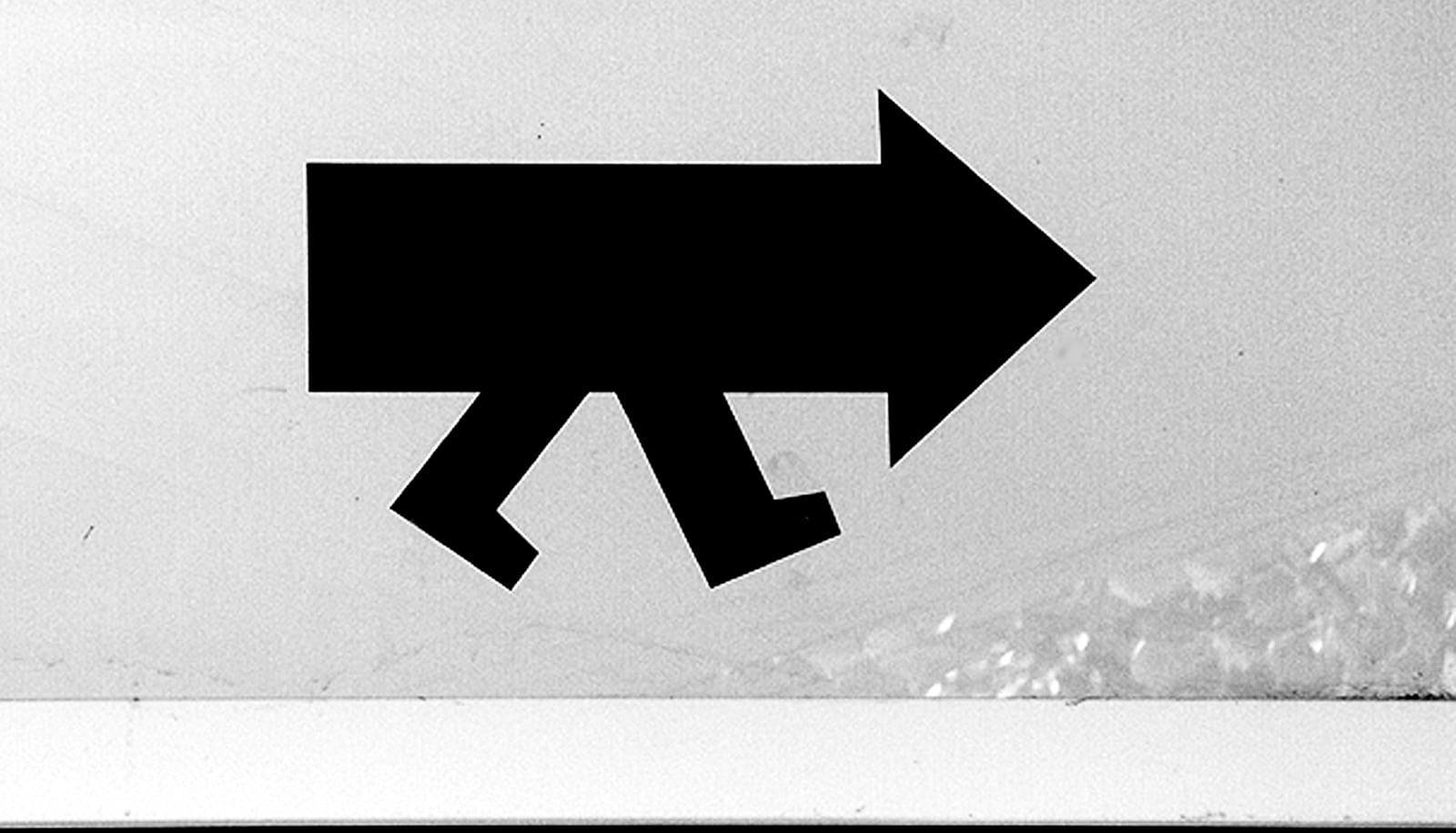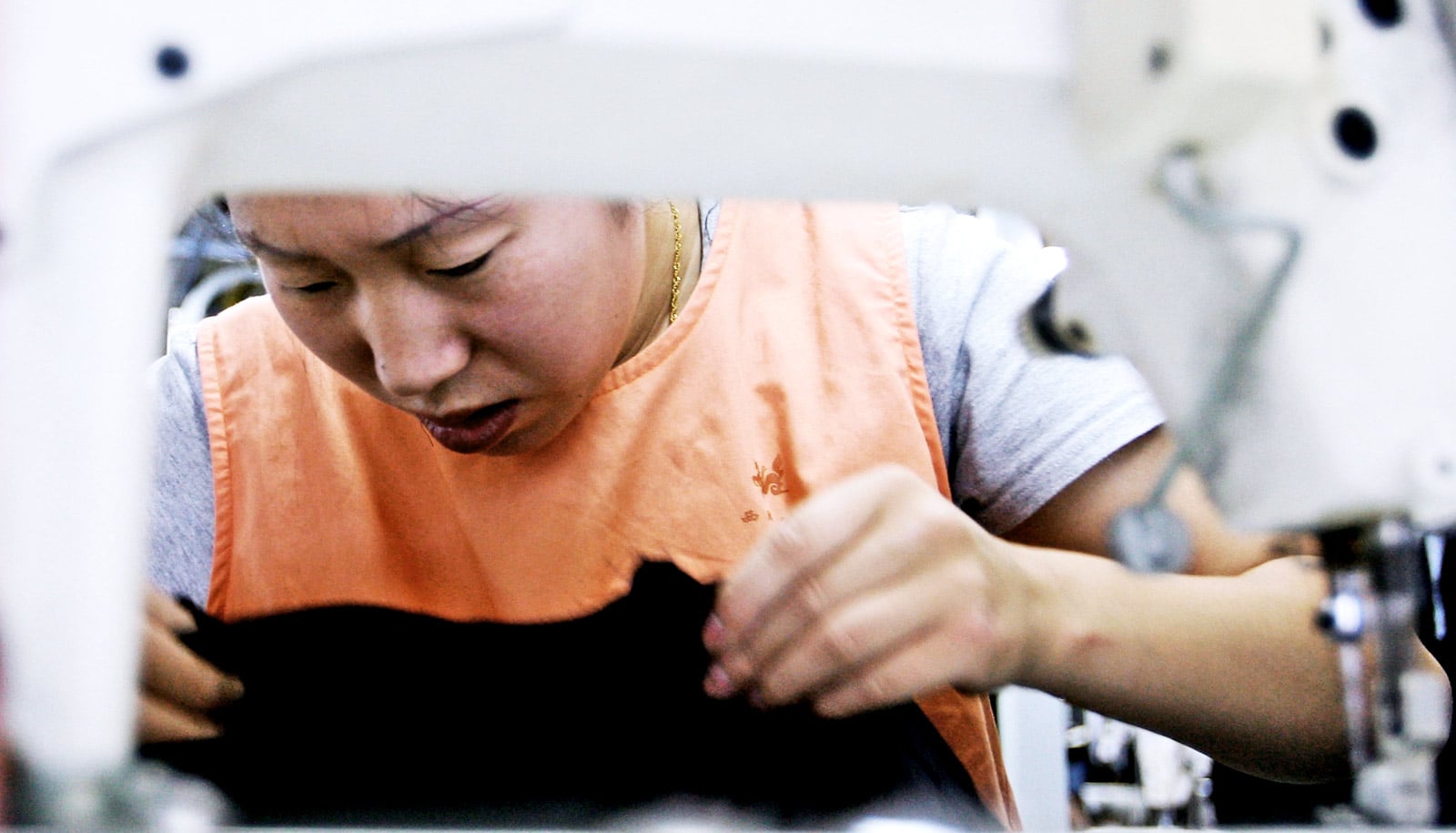There’s an effective way to unlock creative potential, research finds.
Employers should incentivize workers to produce an abundance of ideas—even mediocre ones—and then have them step away from the project for an “incubation period.”
“Even when you’re doing something else, your subconscious mind works in the background. Then, all of a sudden, you may get this epiphany,” says study coauthor Steven Kachelmeier, chair in accounting at the McCombs School of Business at the University of Texas at Austin. “It happens to all of us.”
The researchers found that people who got a reward simply for churning out ideas, whether good or bad, ultimately ended up producing more creative ideas than people who did not receive pay incentives or those whose pay incentives were based on the quality of their ideas instead of the quantity. All the study participants stepped away from the initial task for a time and returned to it later.
“Creativity is not instantaneous, but if incentives promote enough ideas as seeds for thought, creativity eventually emerges,” says Kachelmeier.
Incentives and riddles
Past studies have established that an incubation period enhances creative performance, but this research looked at a new question: What happens when you add incentives for idea generation to the equation?
“You need to rest, take a break, and detach yourself—even if that detachment is just 20 minutes.”
Kachelmeier and his coauthors, Laura Wang, a McCombs alum, and Michael Williamson, of the University of Illinois, conducted two experiments. In the first, they asked study participants to create rebus puzzles—riddles where a combination of images and letters represent words, phrases, or sayings.
Some participants were offered pay based on the number of ideas they generated, some only for ideas that met a standard for creativity, and others a fixed wage of $25, regardless of the quantity or quality of their puzzle ideas.
Initially, none of the incentivized groups outperformed the fixed-wage group in measures of creativity, as judged by an independent panel. Creativity incentives, it would seem, do not work instantly. But in a subsequent return to the creativity task 10 days later, those who had originally been paid to come up with as many ideas as they could had “a distinct creativity advantage,” outperforming the other groups in both the quantity and quality of ideas, Kachelmeier says.
Having an incubation period after participants put their minds to work was key to their success, the researchers say. Combining mass idea generation with a rest period results in much more creative productivity than when either of the two strategies is used in isolation.
How much time, though?
That’s the question the researchers tackled in a second experiment, paying half the participants a fixed amount and half for the number of ideas they produced. As before, the pay-for-quantity participants yielded more, but not better, initial ideas than the fixed-pay group.
But after researchers led participants on a quiet, 20-minute walk around campus, the pay-for-quantity group once again produced more and better puzzles.
“You need to rest, take a break, and detach yourself—even if that detachment is just 20 minutes,” Kachelmeier says. “The recipe for creativity is try—and get frustrated because it’s not going to happen. Relax, sit back, and then it happens.”
The study appears in Accounting Review.
Source: University of Texas at Austin


